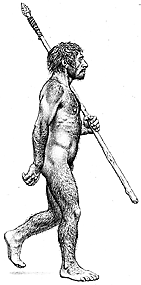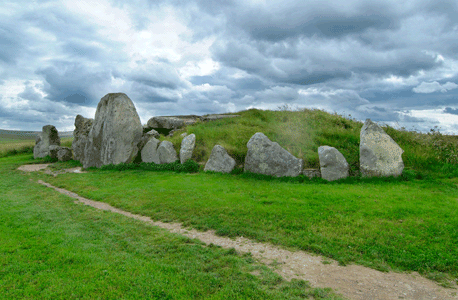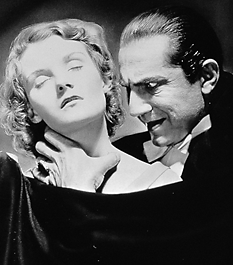New Evidence for Neandertal Burials
Tuesday, December 17th, 2013December 17, 2013
Strong evidence that Neandertals were the first humans to intentionally bury their dead has come from an analysis of fossil bones excavated at a cave in France. The findings suggest that the Neandertals, long thought of as brutish cave dwellers who lacked the cultural sophistication of physically modern humans, had funeral customs that indicate complex symbolic behavior.
The Neandertals were an early human population who lived in Ice Age Europe and central Asia from about 150,000 to 35,000 years ago. They had distinct physical features, including a large, protruding face, massive browridges, and low foreheads. Most Neandertals also lacked a chin. Today, many scientists classify Neandertals (also spelled Neanderthals) as an extinct, early subspecies of Homo sapiens, the species of modern people. Over the past century, archaeologists have interpreted several Neandertal sites as grave sites. This suggests the Neandertals were the first to practice burial as a funeral custom, a cultural practice that others consider unique to physically modern humans. Other archaeologists disputed the evidence for Neandertal burials, suggesting that excavators had misconstrued the evidence from cave sites, where concentrations of bones may result from the activity of predators.

Neandertals lived in Europe and Central Asia from about 150,000 to 35,000 years ago. (© Jay H. Matternes)
Beginning in 1999, William Rendu, a paleontologist at the Center for International Research in the Humanities and Social Sciences (CIRHUS) in New York City, led an international team of archaeologists, geologists and anthropologists to re-examine hundreds of Neandertal skeletal remains from a cave called La Chapelle-aux-Saints. This 50,000-year-old site in southwestern France was originally excavated between 1905 and 1908. The team searched surrounding caves and discovered additional remains, including the bones of two Neandertal children and one adult. Hundreds of animals bones, including those from reindeer and bison, were also studied, as was the geology of the cave complex.
Rendu’s team reported that the Neandertal bones showed no sign of erosion or evidence they had been disturbed or chewed by animals. This suggests the bones were buried soon after death. In contrast, the animal bones at the cave site showed signs of butchery, a great deal of erosion, and other damage. Most of the Neandertal bones were found in a depression that could not have been a natural formation in the cave floor. The scientists concluded that the evidence shows the remains were intentionally buried.
Today, all human societies have various traditions, rituals, rites, and ceremonies that are performed after a person dies. Anthropologists observe that funeral customs, including burial, are deeply rooted in a people’s cultural heritage and beliefs about death. Unfortunately, Neandertal sites usually do not preserve any evidence of other funeral customs. However, archaeologists must now reassess evidence from other Neandertal sites that may show evidence of ritual or symbolic behavior that many experts originally considered beyond the capabilities of these intriguing prehistoric humans.
Additional World Book articles:
- Anthropology (2010) (A Back in Time article)
- Anthropology (2009) (A Back in Time article)
- Anthropology (1989) (A Back in Time article)
- Anthropology (1958) (A Back in Time article)
- Anthropology (1933) (A Back in Time article)




